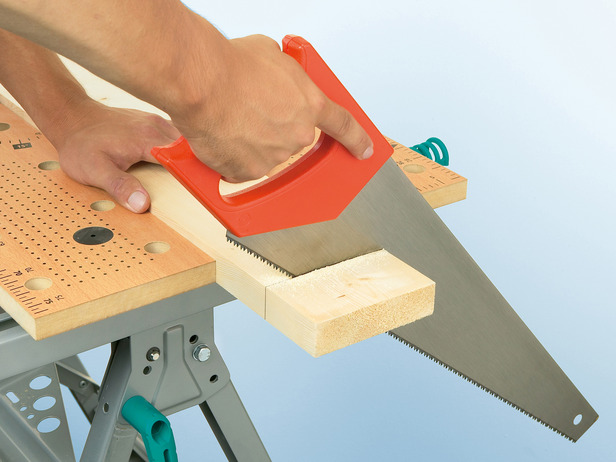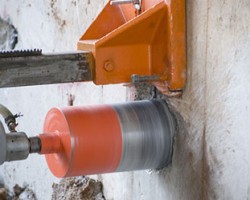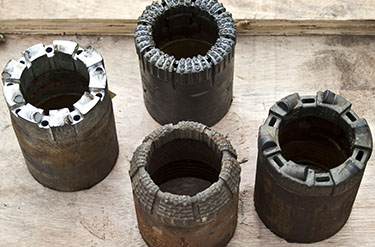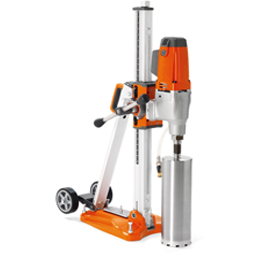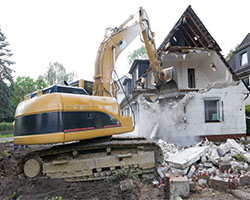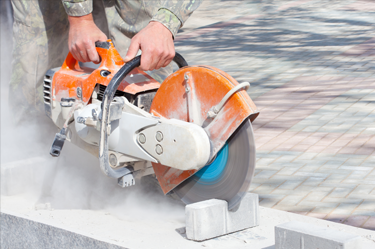Basic Instructions on Using an Old Fashioned Hand Saw Effectively
There are many reasons why you might choose to use a hand saw instead of a power saw. If you are working in a remote area, you might not have electricity for power tools. If you just have a few quick cuts to make, it might be easier to just grab your handsaw than to take out and set up an electric saw.
No matter what your reason, knowing how to use a hand saw properly is a useful and practical skill for anyone who hopes to be reasonably self-sufficient.
In this article, we will discuss the fundamentals of using a hand saw. Read on to learn more.
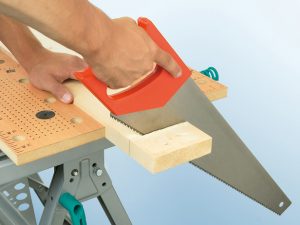
Be Ergonomically Correct
Begin by setting up your work space properly:
- Set the wood at a height that is comfortable for you to saw more effectively with less effort;
- Your saw should be held at a forty-five degree angle over the wood;
- Be sure your wrist, your elbow and your shoulder are aligned with the saw blade;
- Use a shallower angle when making very fine cuts;
- Use a steeper angle when making very aggressive cuts
Rather that grasping the handle with your whole fist, use three fingers for your grip. Your index finger should be on the side of the handle and pointing downward on the blade. Grasp the handle between your thumb and your remaining three fingers. This grip will give you more precise control.
Be careful not to push hard on your saw. This will just make your work more difficult. You will also get very tired if you push too hard, and this will have a negative effect on the straightness of your cuts. If your saw teeth are good and sharp, you should be able to saw through most materials with little effort.
Begin your cut with short pull strokes to get the cut started. Once you have the blade sunk into the material by a half inch or so, you can use longer strokes to engage the entire blade. When you have almost cut through the material, go back to shorter strokes and add more angle. This will let you finish your cut cleanly.
Recognize the Signs and Symptoms of a Dull Handsaw
If you find yourself struggling to saw and it is taking a long time to cut through materials, you know it is time to sharpen your saw.
Verify this by holding the blade of the saw up with a strong light shining behind it.
You will be able to see that the teeth are dull if light reflects off them. If they are sharp, light will not reflect.
You can re-sharpen your hand saw as long as it does not have a darker stripe along the edge of the teeth. If it does, this means the teeth are hardened and cannot be re-sharpened. If your saw teeth can be sharpened, you will want to engage the services of a professional. Search online or in your local phone book for a local saw, knife and blade sharpening service.
You Can Use Your Saw as a Square
There are a number of shorter tool box saws that have handles that can be used as a square. You will recognize this if you see that the handle is set at ninety degrees and forty-five degrees from the upper blade edge.
If this is the case, you can simply butt the correct edge up against your work in progress and draw your cutting line. Be aware that, while this is very handy, it may not be as accurate as using an actual square.
It’s All Done with Mirrors!
Of course, we are not talking about a real mirror. Instead, we are referring to a well-kept, shiny hand saw blade.
If you want to determine whether or not your blade is perpendicular to the material you are sawing, here’s a trick you can use:
- Stand in the proper position for sawing and rest the edge of the saw on the material;
- Look in the side of the saw blade for the material’s reflection;
- Tilt your saw blade from one side to the other until you see that the reflection of the material on the blade is lined up with the edge of the material
This simple trick will let you know if you are holding your saw perpendicular to the material you wish to saw. Naturally, you must keep your blade clean and rust-free to use this method. Additionally, anti-friction coatings will hamper you from being able to do this.
Hand sawing is becoming a lost art, along with lots of other basic survival skills. When you know how to use hand saws and other hand tools correctly, you give yourself a measure of independence and competence. Follow the tips presented here to make the most of simple hand saws.

